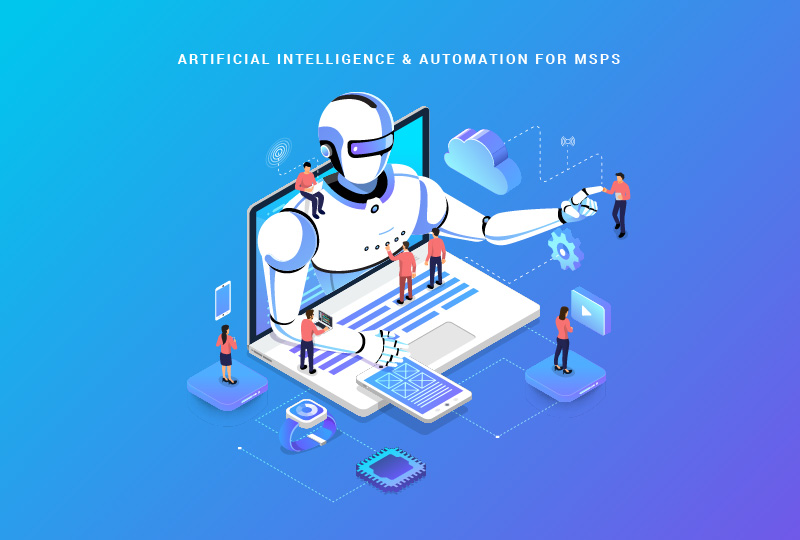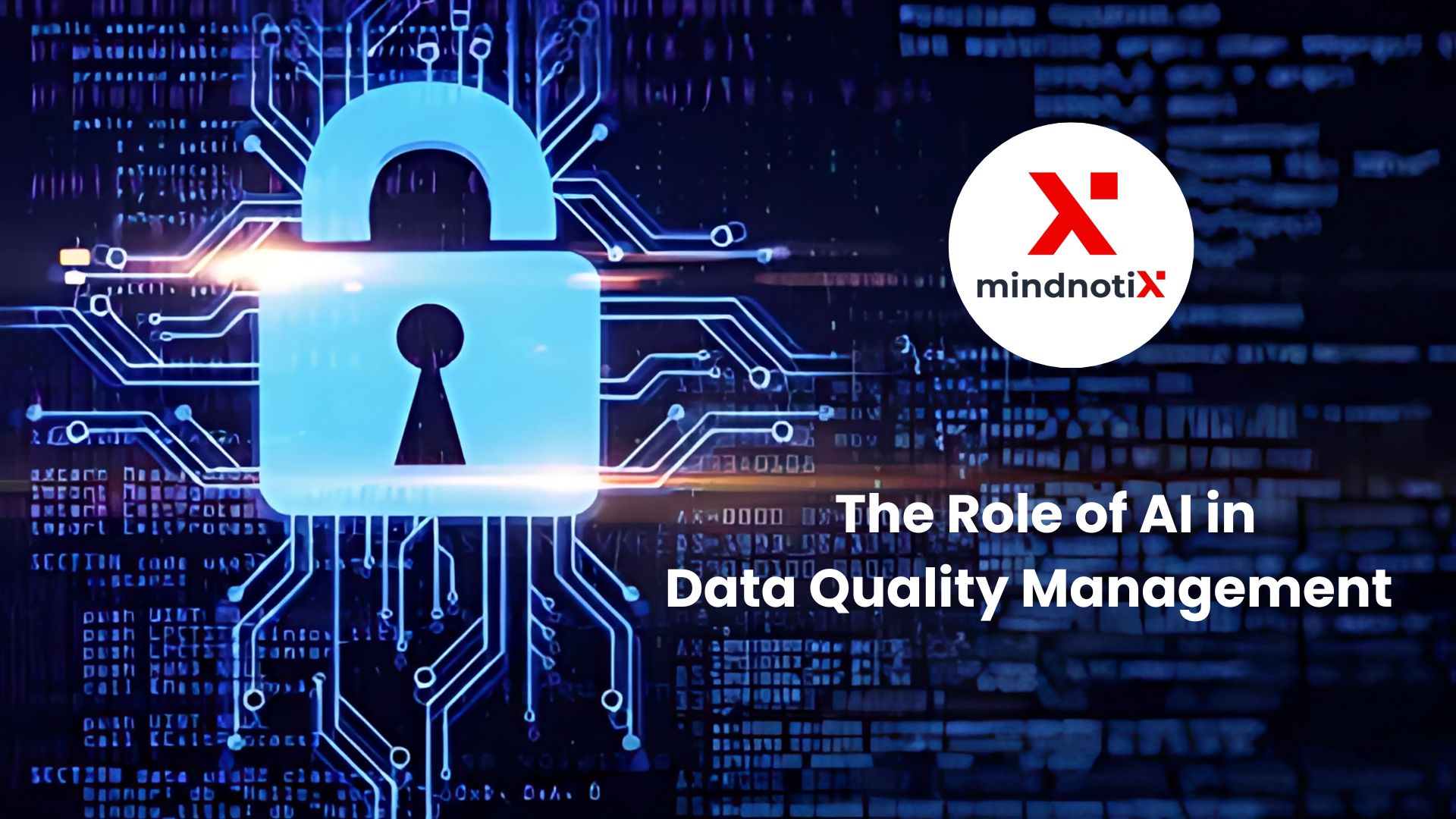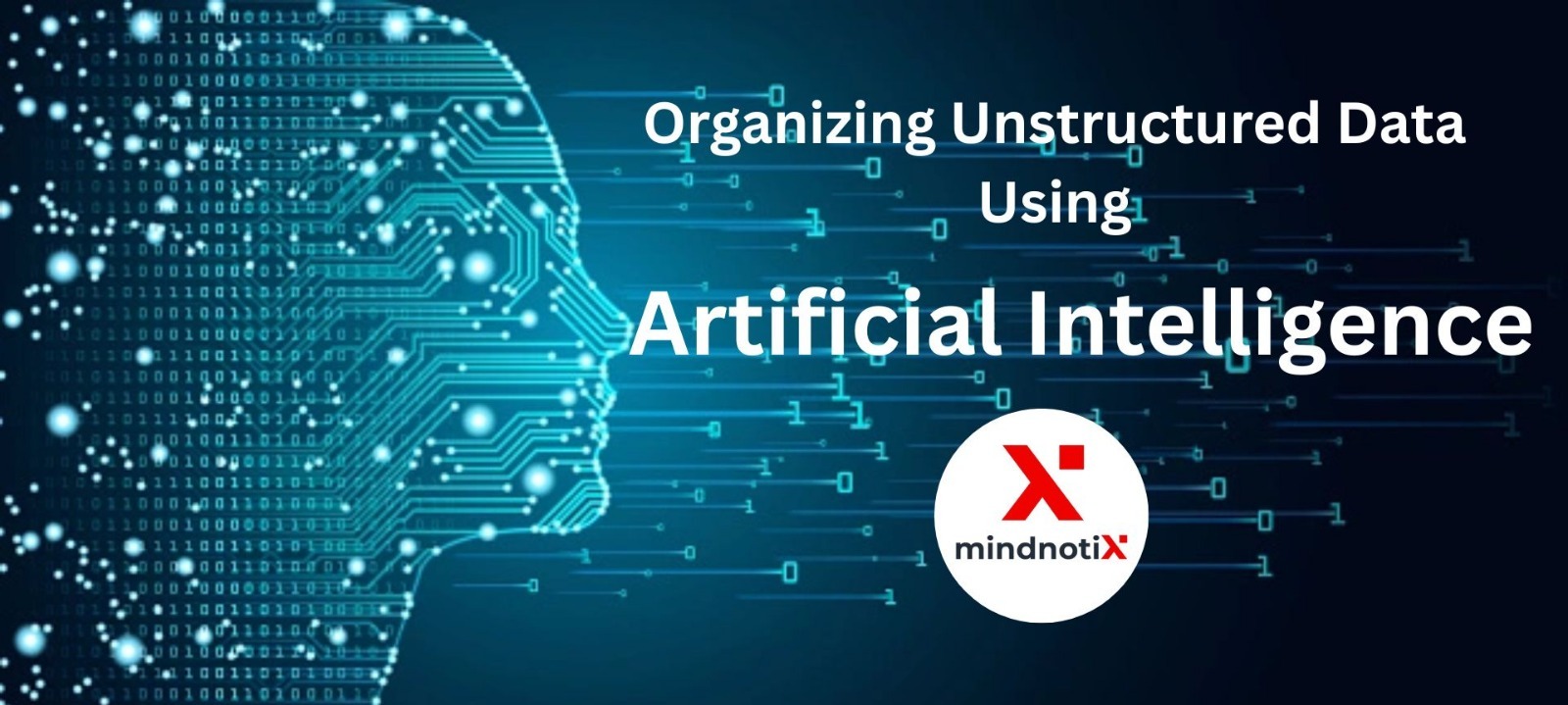In March 2023, Bill Gates declared GPTs “the most important advance in technology since the graphical user interface . . . as fundamental as the creation of the microprocessor, the personal computer, the internet, and the mobile phone.”
Research by OpenAI found that 80% of workers in the United States (U.S.) could influence or enhance 10% of their work using large language models (LLMs) like ChatGPT. A fifth (19%) of those employees could see up to 50% of their work affected.
A new corporate paradigm has arrived. So, what does this mean for the C-suite and top management? Consider this: what if everyone in your enterprise was ten times more productive? Or ten times more creative? Ten times more valuable to the company?
The size of the artificial intelligence (AI) prize is enormous. Goldman Sachs expects generative AI alone to increase global wealth by 7% (nearly $7 trillion) and boost productivity growth by 1.5% over the next 10 years.
At all levels of business, one main constraint in boosting wealth and productivity is a lack of time. How many ideas have you given up on just because you didn’t have the time or resources to think of a way forward? This is the true value of AI: not only automating mundane tasks, but also delivering new and more efficient ways to work.
AI upscales your operations and transforms your quality of service. Successfully implementing AI can create new revenue streams, growing your profit margins and maximizing return on investment.
As a business leader, AI is a huge opportunity for you—as critical as outsourcing in the 1980s, or the adoption of the personal computer at work. Can you remember the office before email? Soon, you won’t remember work before AI.
C-suite leaders need a strategy to make AI work—to operationalize the technology, establish the framework, and embed it in the enterprise.
First, let’s recap AI’s journey to today.
AI: How far have we come, and what’s next?
Artificial intelligence (AI) has come a long way since its inception, and advancements continue to happen at a rapid pace. Here's a glimpse into how far we've come and what exciting possibilities lie ahead:
How far have we come?
- From theory to reality: Early AI research focused on theoretical concepts like game playing and symbolic reasoning. Now, AI has moved beyond theory and is used in diverse applications like healthcare, finance, transportation, and entertainment.
- Narrow vs. broad AI: Today's AI excels at specific tasks, like recognizing faces or composing music. This "narrow AI" is revolutionizing industries, but the dream of "general AI" that can reason like humans remains elusive.
- Machine learning breakthroughs: Machine learning algorithms, which learn from data, have driven much of the progress. Techniques like deep learning have achieved impressive results in areas like image recognition and natural language processing.
- Accessibility and impact: AI technology is no longer confined to research labs. It's embedded in everyday devices and services, impacting our lives in various ways, from personalized recommendations to fraud detection.
What's next?
More sophisticated AI: Advancements in algorithms, computing power, and data availability are expected to lead to more powerful and versatile AI systems.
- Focus on explainability and ethics: Concerns about transparency and potential biases in AI are growing. Research is underway to develop explainable AI and mitigate ethical risks.
- Human-AI collaboration: AI is unlikely to replace humans entirely. Instead, we'll likely see a future where humans and AI collaborate, leveraging each other's strengths.
- AI in new domains: Expect AI to play a more significant role in healthcare, with applications like personalized medicine and drug discovery. Additionally, AI could contribute to solving global challenges like climate change and poverty.
Driving innovation with AI-powered automation

AI-powered automation is rapidly becoming a driving force for innovation across various industries. Here's a breakdown of its impact and potential:
How AI-powered automation drives innovation:
- Automating routine tasks: AI frees up human time and resources, allowing them to focus on creative and strategic thinking, fostering innovation.
- Data-driven insights: AI analyzes vast amounts of data to identify patterns, trends, and opportunities for improvement, leading to innovative solutions.
- Personalized experiences: AI personalizes products, services, and interactions, catering to individual needs and preferences, driving innovation in customer experience.
- Empowering experimentation: AI can quickly test and iterate on different ideas, allowing for faster and more efficient innovation cycles.
- Optimizing processes: AI optimizes existing processes, making them more efficient and effective, freeing up resources for innovation.
Examples of innovation through AI-powered automation:
- Drug discovery: AI analyzes vast datasets to identify potential drug candidates, accelerating the development process.
- Product design: AI optimizes product designs for functionality, aesthetics, and manufacturability, leading to innovative products.
- Marketing and advertising: AI personalizes marketing campaigns and optimizes ad targeting, driving ROI and customer engagement.
- Robotics and automation: AI-powered robots perform complex tasks with precision, enabling innovative manufacturing and production processes.
- Scientific research: AI analyzes scientific data to generate new hypotheses and accelerate research progress.
Challenges and considerations:
- Ethical considerations: Bias in AI algorithms and potential job displacement require careful attention and mitigation strategies.
- Data privacy and security: Ensuring data privacy and security is crucial for ethical and responsible AI development.
- Change management: Transitioning to AI-powered automation requires effective change management strategies to address workforce concerns.
- Technical limitations: Current AI technology has limitations, requiring continuous research and development to unlock its full potential.
For more information contact : support@mindnotix.com
Mindnotix Software Development Company


 AI-Taxi App
AI-Taxi App AI-Food App
AI-Food App AI-Property Mgmt App
AI-Property Mgmt App AI-CRM
AI-CRM AI-Fantasy App
AI-Fantasy App
 Web Development
Web Development App Development
App Development Business & Startup
Business & Startup Hire Developer
Hire Developer
 Digital Marketing
Digital Marketing Lead-generation
Lead-generation Creative Agency
Creative Agency Branding Agency
Branding Agency Augmented Reality
Augmented Reality Virtual Reality
Virtual Reality Internet of Things
Internet of Things Artificial Intelligence
Artificial Intelligence Blockchain
Blockchain Chatbot
Chatbot



